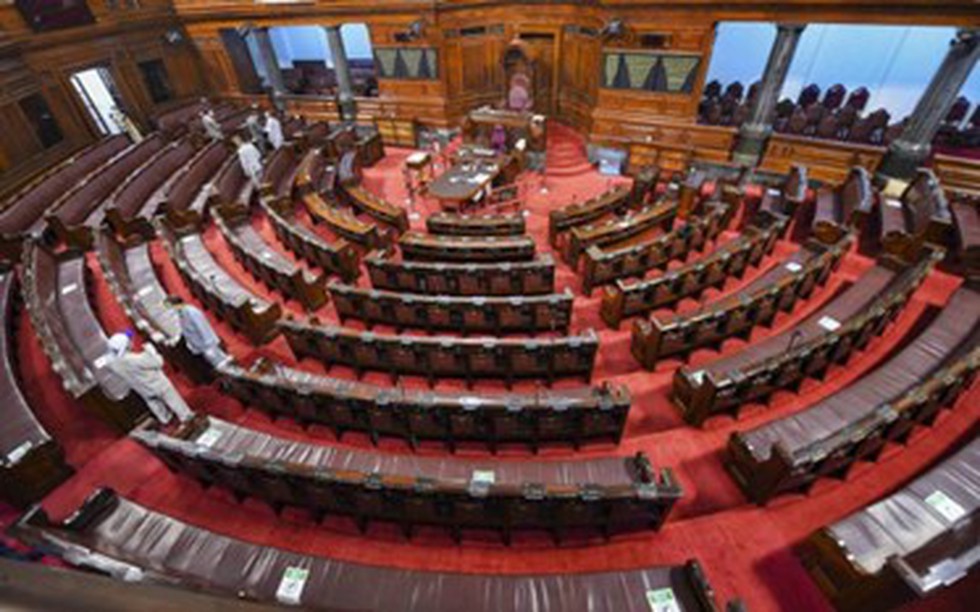About Rajya Sabha:
- Origin: India follows the British parliamentary system, so the Rajya Sabha, or the Upper House of Parliament, is equivalent to the House of Lords in the United Kingdom.
- Present strength: The Rajya Sabha currently has 245 members, including 233 elected members and 12 nominated. As per the constitutional limit, the Upper House strength cannot exceed 250.
- Membership: While 233 members are elected from states and Union Territories (UTs), the President of India nominates the remaining 12 from the fields of art, literature, science and social services.
- Tenure: Every Rajya Sabha MP has a tenure of six years, and elections to one-third of seats are held every two years.
- Vacancy: According to Section 154 of the Representation of the People Act 1951, a member chosen to fill a casual vacancy will serve for the remainder of his predecessor's term of office.
- Chair: The Indian vice-president is the chairperson of the Upper House, which also has a deputy chair.
Election Process to Rajya Sabha:
- While Lok Sabha members are elected directly by the voters, Rajya Sabha members are elected indirectly by the people, that is, by the elected Members of a state's Legislative Assembly (MLAs).
- How many Rajya Sabha members a state can send depends on its population.
- MLAs vote in the Rajya Sabha elections in what is called proportional representation with the single transferable vote (STV) system. Each MLA’s vote is counted only once.
- In this system, MLAs don’t vote for each seat.
- Instead, the MLAs are given a paper with the names of all candidates. They have to give their order of preference for each candidate, marking 1,2,3… against their names.
- The ballot is open, but MLAs have to show their ballots to an authorised agent from their party to prevent practices such as cross-voting. A vote cannot be counted if the ballot is not shown to the agent. Independent MLAs cannot show their ballot to anyone.
- If a qualifying number of voters choose a candidate as their first choice, he or she is elected.
- The remaining votes go to the next candidates but with a lesser value. So, MLAs also vote for candidates from other parties.
- The candidate that gets rank 1 from an MLA secures a first preference vote. In order to win, a candidate needs a specific number of such first-preference votes. This number depends on the strength of the state Assembly and the number of MPs it sends to Rajya Sabha.
- To win, a candidate should get a required number of votes which is known as a quota or preference vote. The formula is = [Total number of votes/(Number of Rajya Sabha seats + 1)] + 1.
- However, the formula is changed in case more than one seat needs to be filled. The total number of votes required for a candidate in the case is = [(Number of votes x 100) / (Vacancies + 1)] + 1.
